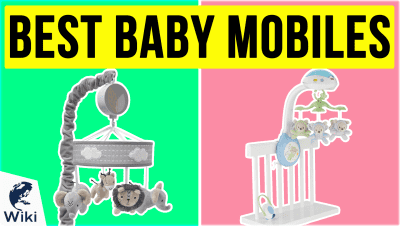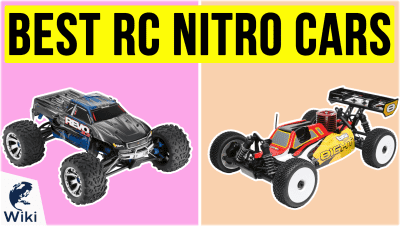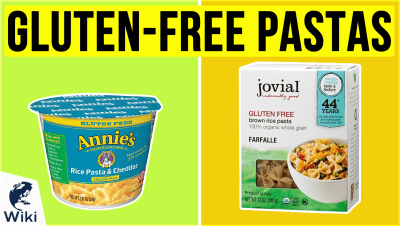5 Companies & Organizations Working To Protect The Environment
Climate change is getting harder to ignore every year and having devastating effects on plants, wildlife, and humans. In order to solve this massive problem, individuals, organizations, and businesses are going to need to make responsible decisions regarding their impact on the environment. The companies and groups listed here are all doing their part to help with this important cause. This video was made with Ezvid Wikimaker.
Eco-Friendly Businesses & Groups
| Name | Headquarters Location |
|---|---|
| Fibershed | San Geronimo, CA |
| The Green Living Show | Toronto, ON |
| Solidia | Piscataway, NJ |
| South Bay Clean Creeks Coalition | Santa Clara County, CA |
| Enviro Loo | Krugersdorp, South Africa |
5 Human Impacts on the Environment
The Rise Of Global Temperature
According to data from NASA
| Year | Annual Average Anomaly |
|---|---|
| 2010 | 0.73°C |
| 2011 | 0.61°C |
| 2012 | 0.65°C |
| 2013 | 0.69°C |
| 2014 | 0.75°C |
| 2015 | 0.90°C |
| 2016 | 1.02°C |
| 2017 | 0.93°C |
| 2018 | 0.85°C |
| 2019 | 0.98°C |
6 Reusable Products To Replace Single-Use Versions
- Reusable grocery bags
- Stainless steel straws
- Reusable K-Cups
- Silicone food bags
- Beeswax wraps
- Reusable water bottles
The Environmental Impact Of Cement
In Depth
Due to greed and demand for convenience, human-made climate change is becoming an increasingly urgent issue. The ocean waters are rising, summers are growing hotter and hotter, and some ecosystems are nearing collapse. Luckily, there are companies that are working to mitigate these issues with innovative projects and products. Here are a few, presented in no particular order.
#1, Fibershed, is located in San Geronimo, California. The company seeks to develop regional and regenerative fiber systems by connecting independent producers in the garment industry. The Fibershed system is "soil-to-soil," meaning textiles are grown, manufactured, stitched, sold, and later composted all within a 150-mile radius in Northern California.
The project was started in 2010 by founder Rebecca Burgess, who challenged herself to develop and wear a wardrobe made with dyes, fibers, and labor sourced from her local region. She teamed up with a group of farmers and artisans to make this idea a reality. The goal was to illuminate that regionally-grown fibers and natural dyes can be used to create quality clothing.
She teamed up with a group of farmers and artisans to make this idea a reality.
Our #2 entry is The Green Living Show, a consumer show dedicated to showcasing easy and simple solutions for leading a healthy and sustainable lifestyle. It occurs annually, and is based in Toronto. Visitors to the convention can learn about eco-friendly beauty products, food items, green investments, and cannabis.
The Green Living Show also features a number of speakers who specialize in living an ecologically sound lifestyle. Panel topics have included "Entrepreneurship as a Form of Climate and Social Advocacy" and "How Fast Fashion is Impacting Our Waterways." The convention has partnered with Earth Rangers, a kids' conservation organization, to create a space where kids can learn how they can protect animals and animal habitats.
At #3, we have Solidia, a cement and concrete technology company based in Piscataway, New Jersey. It offers patented green solutions for creating sustainable building materials. This technology has the potential to eliminate 1.5 gigatons of CO2 each year. Solidia has received the Solar Impulse Efficient Solution Label, acknowledging their eco-friendly forms of cement and concrete.
Solidia has received the Solar Impulse Efficient Solution Label, acknowledging their eco-friendly forms of cement and concrete.
Solidia offers two core technologies. The first is a sustainable cement manufacturing system, which can be produced in traditional cement kilns using less energy, reducing greenhouse gas emissions during manufacture by 30 to 40 percent. The second is a sustainable concrete curing technology, which cures concrete with CO2 instead of water, potentially saving 3 trillion liters of fresh water every year.
Next up, #4 is South Bay Clean Creeks Coalition, an organization dedicated to reclaiming, restoring, and revitalizing the waterways in California's Santa Clara Valley. The coalition conducts regular waterway cleanup events on the Los Gatos and Coyote Creeks as well as the Guadalupe River. In addition, it encourages and participates in invasive plant removal to promote the health of the watershed.
The coalition has a Youth Eco Stewards program, intended to provide children in elementary and middle schools the opportunity to learn, lead, and serve as young stewards of the creeks. These tiny volunteers are guided through cleanups, water testing, and more. A portion of the debris collected in the watershed is returned to the classroom, where recycled trash art is created.
The coalition has a Youth Eco Stewards program, intended to provide children in elementary and middle schools the opportunity to learn, lead, and serve as young stewards of the creeks.
Last but not least, at #5, we have Enviro Loo. Based in South Africa, the company works to develop and deliver sustainable waste management solutions. Its dry sanitation systems use sun and wind to transform human waste into a safe, stabilized material without the use of water, electricity, or chemicals. One Enviro Loo can save up to 420,000 liters of water annually.
In addition to the original product, the company offers the Enviro Loo Express, a mobile dry sanitation unit, and the Rocket Loo, a mobile toilet that can be connected to a main sewage line. All of the units are available for rental. A cloud-based management tool offers up-to-date reporting on maintenance schedules.












